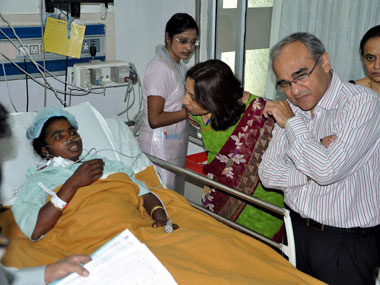
The death of 13 women during a sterilisation camp that went wrong in Chhattisgarh has brought back the topic of sterilisation and contraceptive use in the country.
According to the annual report of the Ministry of Health & Family Welfare, 3.9 million sterilisations were performed in 2013-14. Data from the Lok Sabha reports 707 deaths due to failed sterilisation procedures between 2009 and 2012.
Deaths/Failures Due To Sterilisation, 2009 to 2012
The Government, as per the answer to Lok Sabha, has formulated guidelines for conducting safe sterilisation operations including:
Standards for female and male sterilisation services(2006).
Quality Assurance Manual for sterilisation services(2006).
Standard Operating Procedures for sterilisation services in camps (2008).
Operational guidelines on Fixed Day Static (FDS) approach for sterilisation services
under the Family Planning Programme(2008).
Let us now look at the use of sterilisation as a family planning measure across India.
Data from the National Family Health Survey – 3 (for the period 2005-06), says 37.3% married women opted for sterilization. The figure was a dismal 1% for male sterilisation.
The good news is that 37% is an increase from 34% during the NFHS-2 and 27.4% during NFHS-1.
Sterilisation: Skewed Towards Women
It is clear that male sterilisation has fallen sharply from 3.5% during the first health survey in 1992-93 to only 1% during the last health survey in 2005-06.
According to the latest Annual Health Survey that covered nine states – Assam, Bihar, Chhattisgarh, Madhya Pradesh, Jharkhand, Rajasthan, Odisha, Uttarakhand and Uttar Pradesh – while female sterilisation ranged between 35-86%, male sterilization ranged between 0.6-2%.
Clearly, sterilisation is skewed towards women and women are at the receiving end of botched procedures.
